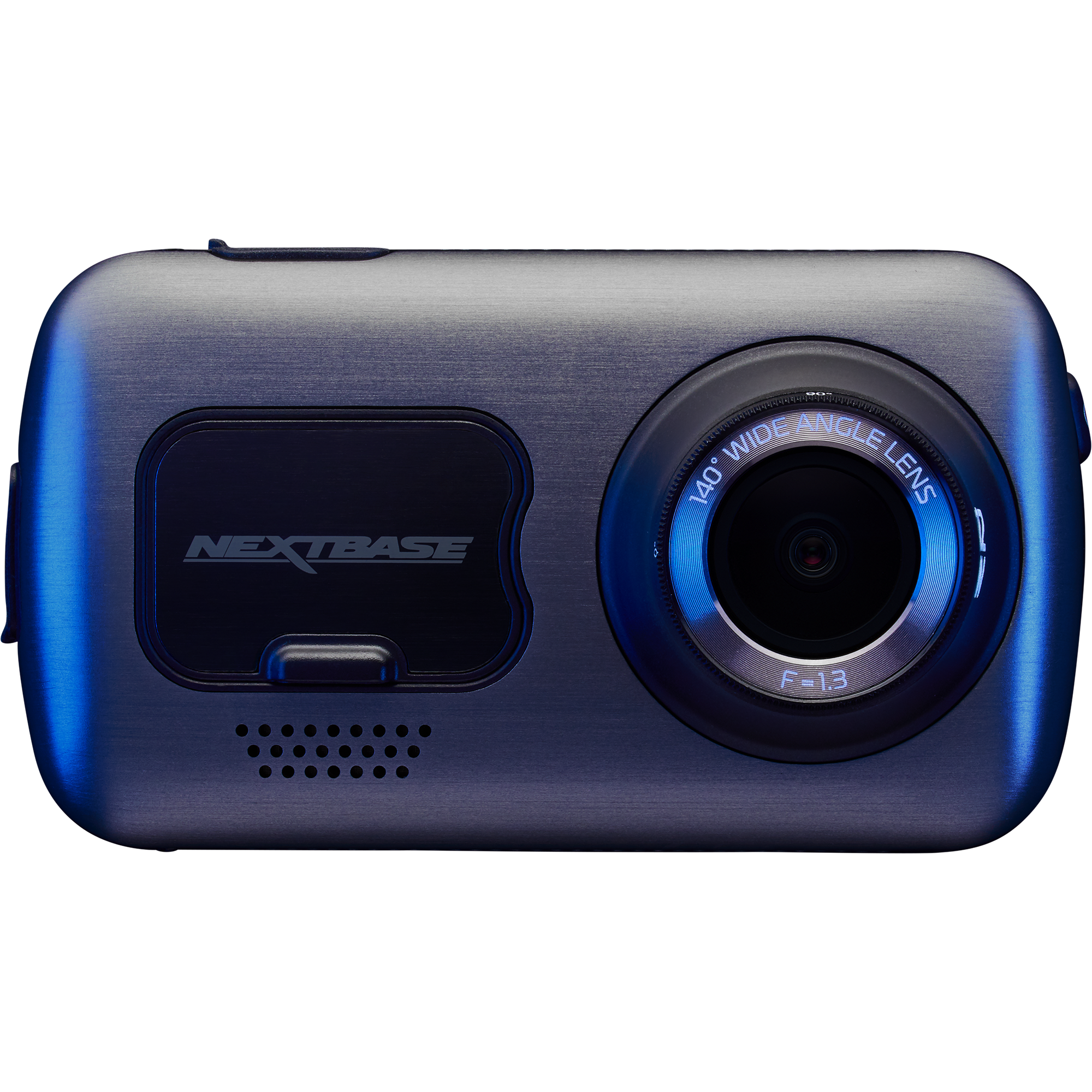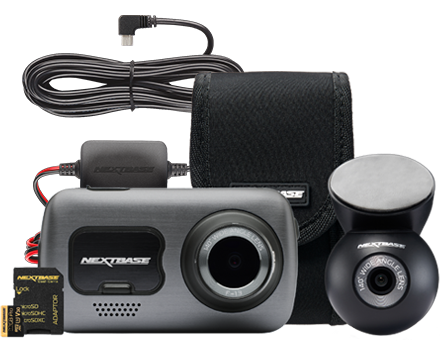High Dynamic Range
What is HDR?
High Dynamic Range (HDR) improves the contrast in an image while maintaining clarity. HDR improves image quality with better contrast, greater brightness, and enhanced colors seen, taking multiple images at different exposures to give the best results.
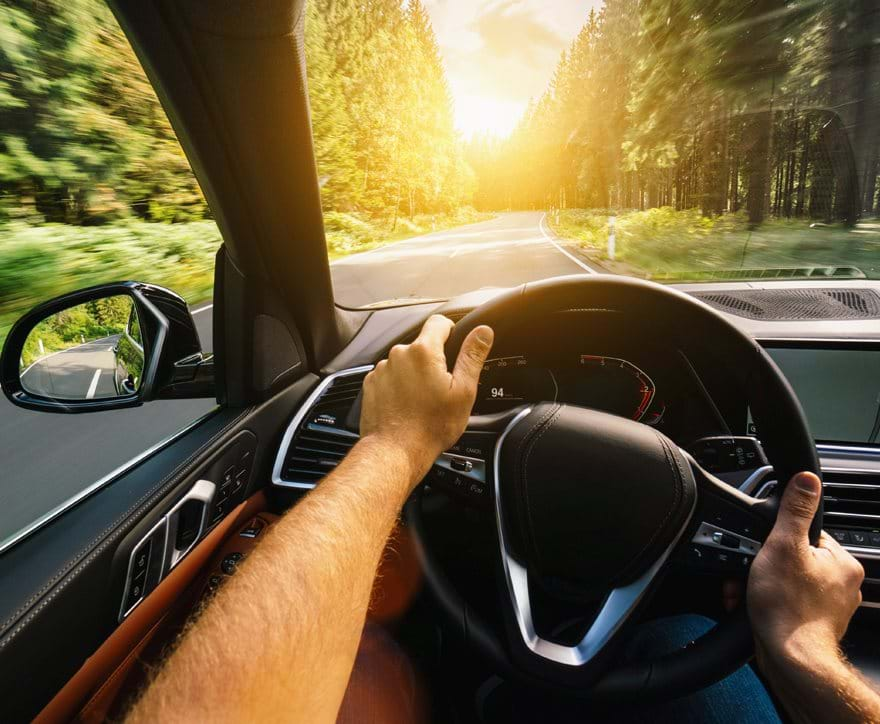
HDR helps to produce vibrant imagery. When driving at night-time and in low light levels, HDR can significantly improve image clarity by recording multiple exposure levels for each frame and conducting tone mapping to ensure the optimum footage is recorded.
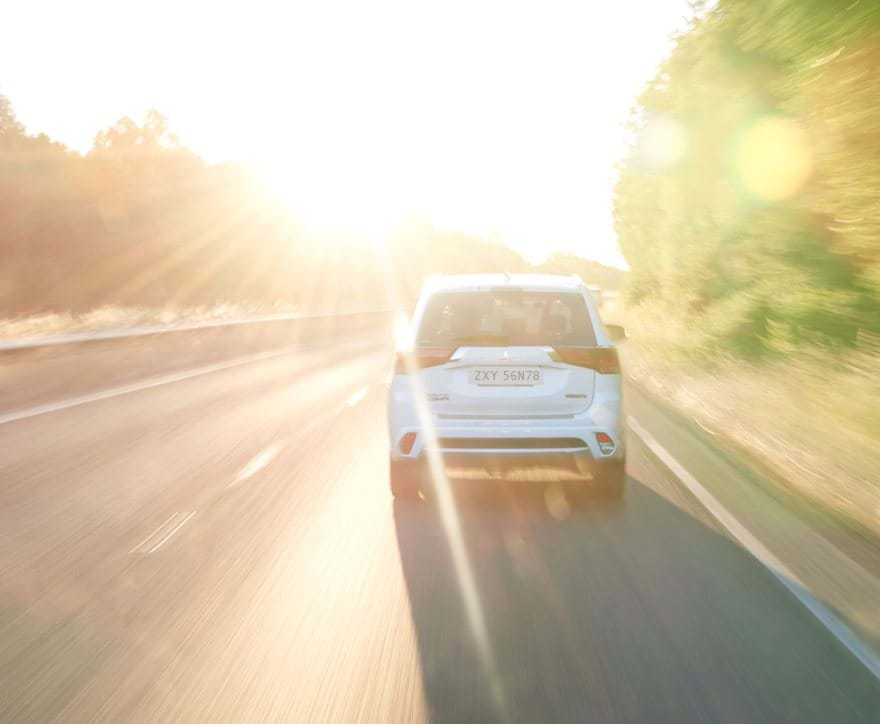
Bright sunlight
HDR images can present a greater range of luminance levels than more traditional methods, and many real-world scenes containing very bright, direct sunlight to extreme shade. This is achieved by capturing and combining several different, narrower ranges and exposures of the same area.
Exposure value (EV) differences
In Dash Cams, dynamic range is measured in exposure value differences. An increase of one EV represents a doubling of the amount of light. Conversely, a decrease of one EV represents a halving of the amount of light. Therefore, revealing detail in dark shadows requires high exposures, while preserving detail in bright settings requires very low exposures. Most cameras cannot provide this range of exposure values within a single exposure due to their low dynamic range. HDR works once the image has been taken, post processing (by software), to enhance the image further and create better clarity.
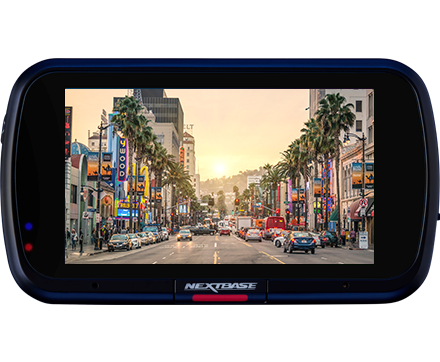
This improvement to our higher-end Dash Cam models ensures crisp images are captured in varied weather, light, and road conditions, which you can utilize as an independent witness during insurance claims.


